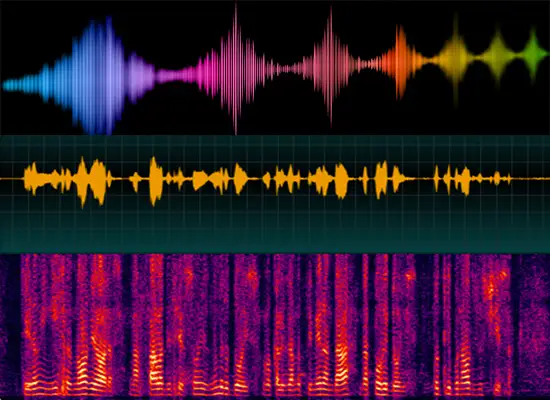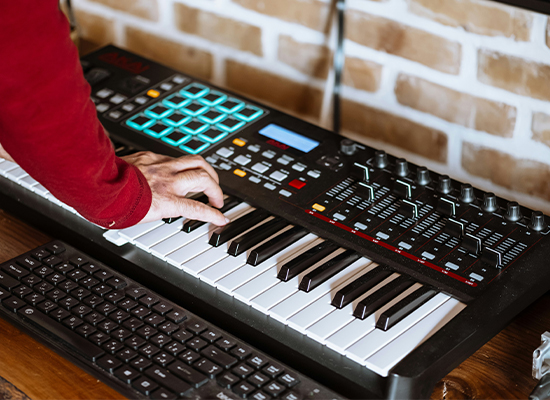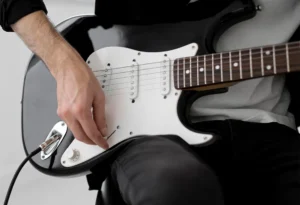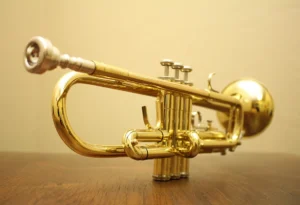Another era of classical music that we are going to discuss in this article is the era of contemporary music which started in 1970 and continues until now. Since the 20th century, music has changed a lot and is evolving and changing rapidly. Contemporary classical music has become much more intangible than in the past. In this era, we are witnessing many innovations and the formation of a new music culture.
Music in the contemporary era has severely challenged traditional classical music. In the era of contemporary music, composers tend to create minimal and abstract music. As time passes, classical music contemporary composers no longer limit their works to the rules of classical music and gradually move away from it. In contemporary classical music, unpleasant chords are used more often, and even sometimes the use of pleasant chords is completely avoided. In contemporary music, the rhythms are energetic and strong. Contemporary classical music includes movements of serialism, minimalism, experimentalism, and spectral music.
In contemporary music, unlike sonatas and symphonies in the past, new works are written with more flexibility. We see more musical diversity than in any other era, in the contemporary period. In this era, composers combined different genres with each other without any restrictions. Also, the advancement of technology and the Internet has had a great impact on classical music.
In contemporary classical music, more attention is paid to sound colors, especially the performance of the final notes of the sound range of instruments. In this era, we see new sound effects of stringed instruments, such as bowing behind the bow or hitting the body of the instrument with a bow stick.
Serialism
Composers used many techniques in music to make pieces, and serialism is also a technique and composition method in contemporary music.In this method, the focus is on setting a set of pitches, rhythms, sounds, and dynamics in the piece of music. In fact, serialism is the regular series of repetitions in music that composers may manipulate to create unity in the piece.
Arnold Schoenberg started serialism with the twelve-tone technique. In this technique, twelve notes are arranged in the chromatic scale and form a series that provides a unified basis for creating harmony and melody. Twelve-tone music is the most prominent form of serialism in contemporary classical music. In serialism, all 12 notes are almost equally important, which is exactly the opposite of tonal music. After the Second World War, several composers developed serialism.
Experimental music
In the middle of the 20th century, pieces were written by composers that changed the meanings and definitions of existing genres. This type of contemporary music is called experimental music in which the conventions of composition and performance are questioned. In experimental music, the composer writes or performs musical elements in an indefinite and random manner. John Cage is one of the innovative composers of experimental music and was looking for new and unknown results.
One of the most famous examples of contemporary experimental music is the piece 4’33” by John Cage. This piece consists of three movements, during which the soloist does not play an instrument, and the listener can hear only the sound of the environment and the hall. Cage left some aspects of the piece to chance or allowed the performer to choose freely.
Spectral music
We can mention spectral music among other contemporary music movements. Spectral music is a composition based on the acoustic properties of sound or sound spectra. In spectral music, composition and compositional decisions are made through mathematical analysis of the sound spectrum. The spectral music approach was developed in the 1970s in France by composers such as Gerard. With the development of technology, composers used computers as part of their work. This type of composition is done through FFT analysis by spectrograph and computer.

Minimalism
Minimal music is a subfield of contemporary classical music that began alongside the minimalism movement in art during the 1960s. Minimalism is a type of composition method in the contemporary era that uses minimal musical materials. The emphasis of this type of composition is on repetition, changing subtle rhythmic patterns, and selective harmonic dissonance. Minimalism was created as a reaction to the complex structure of serialism. Composers in this style try to simplify the pieces of music.
Electronic Music
Another genre of contemporary music is electronic music, which uses electronic instruments, technology, electronic music software, or electromechanical devices. Electronic devices such as electronic oscillators, theremin, or synthesizers are based on electric circuits to produce sound. The first musical electronic instruments were made and introduced at the end of the 19th century. Electromechanical devices such as telharmonium, electric piano, Hammond organ, and electric guitar have both mechanical parts such as wires, and electronic elements such as magnetic pickups.

summary
As you read, contemporary music has a very wide range of different sound approaches that cover every taste. Contemporary composers seek to innovate and discover a new world of sounds. Finally, we should know that music is still evolving and due to the advancement of technology, it is always possible to create new styles and innovate in it.
In this article, we tried to familiarize you with contemporary classical music and the changes that have occurred in music during this period until today. If you want to know more about music in other eras, you can refer to the classical music eras article on the chang.education website.




